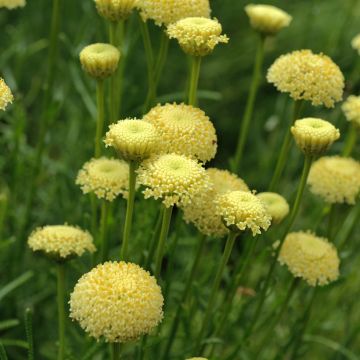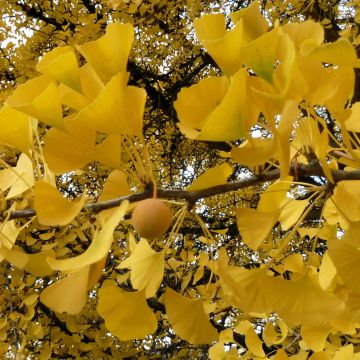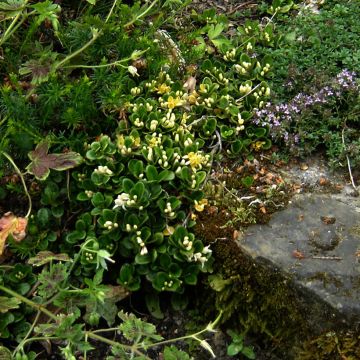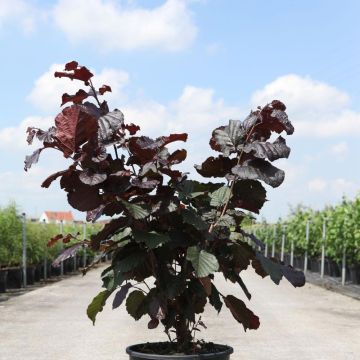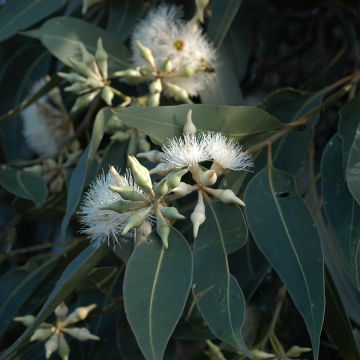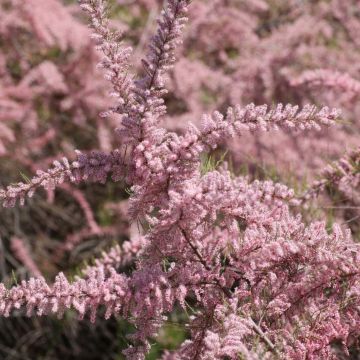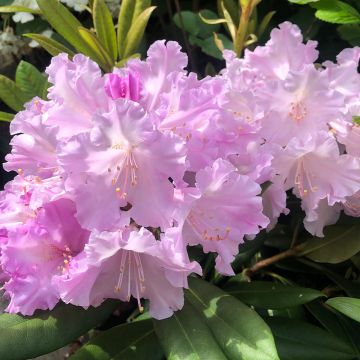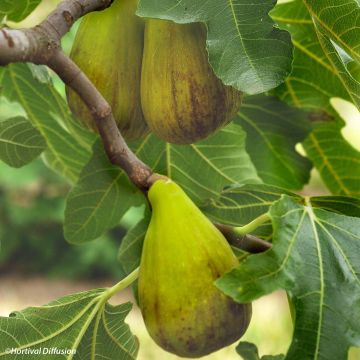Shipping country and language
Your country of residence may be:
Your country of residence is:
For a better user experience on our website, you can select:
Your shipping country:
Andorra
Austria
Belgium
Bulgaria
Canada
Chile
Croatia
Cyprus
Czechia
Denmark
Estonia
Finland
France
Germany
Greece
Hungary
Iceland
Ireland
Italy
Latvia
Lithuania
Luxembourg
Malta
Monaco
Netherlands
Poland
Portugal
Romania
Slovakia
Slovenia
Spain
Sweden
Switzerland
United Kingdom
We only deliver seed and bulb products to your country. If you add other products to your basket, they cannot be shipped.
Language:
French
German
Spanish
English
My Account
Hello
My wish lists
Plantfit
Log in / Register
Existing customer?
New customer?
Create an account to track your orders, access our customer service and, if you wish, make the most of our upcoming offers.


Ailanthus altissima Purple Dragon


Ailanthus altissima Purple Dragon
Ailanthus altissima Purple Dragon
Ailanthus altissima Purple Dragon
Tree of Heaven, Ailanthus, Chinese Sumac, Stink Tree
I received a dead Ailanthus vine-plant. Despite its dry stem and roots, I still planted it, but there was no result. I sent photos of the delivery and the plant one month later to customer service. The service was very responsive and refunded me the amount of the plant purchase. So, just a little disappointment due to receiving a visibly dry plant. The person who packaged it should never have sent this young plant. I thank customer service for their promptness.
Simone S., 09/02/2021
Why not try an alternative variety in stock?
View all →Order in the next for dispatch today!
Dispatch by letter from €3.90.
Delivery charge from €5.90 Oversize package delivery charge from €6.90.
More information
This item is not available in your country.
Schedule delivery date,
and select date in basket
This plant carries a 24 months recovery warranty
More information
We guarantee the quality of our plants for a full growing cycle, and will replace at our expense any plant that fails to recover under normal climatic and planting conditions.
From €5.90 for pickup delivery and €6.90 for home delivery
Express home delivery from €8.90.

Does this plant fit my garden?
Set up your Plantfit profile →
Description
IMPORTANT: for the preservation of our natural ecosystems, we have removed this plant from our catalogue as it is considered invasive. Therefore, it is no longer available for sale.
Ailanthus altissima Purple Dragon is a variety of the glandulous Tree of Heaven with a strongly exotic appearance that stands out in spring, with its young red shoots unfolding into beautifully coloured purple leaves. Its leaves develop while gradually becoming light green and fuzzy, while the tree produces its flowers in early summer, in the form of fine upright panicles, of a yellowish-green colour. Only the female plants, in the presence of male plants, produce reddish fruits that remain on the branches long after the leaves have fallen. This large deciduous tree with rapid growth requires space and has a tendency to sucker.
Ailanthus altissima Purple Dragon, or Tree of Heaven, belongs to the little-known family of Simaroubaceae, which includes 50 species grouped into around twenty genera. Members of this family are shrubs and aromatic trees, characterised by the presence of organic compounds called terpenoids in their tissues, whose properties are used in herbal medicine. In Ailanthus altissima, these molecules are responsible for the particular odour that emanates from all parts of the plant, especially when the foliage is crushed. This aroma, which may be unpleasant, is often compared to that of peanuts. It was first introduced to France for silkworm breeding.
Ailanthus altissima is a large deciduous tree that is extremely ubiquitous and native to Asia, specifically northern and central China, Taiwan, and northern Korea. It is now present in many countries around the world, where it is sometimes considered invasive. Ailanthus altissima is a dioecious species, meaning that male and female flowers are present on separate individuals.
'Purple Dragon' is a superb cultivar with purple foliage derived from this species. With rapid growth, especially in moist soil, it reaches a height of about 8 m (26 ft 2 in) in ten years and a height of 20 to 25 m (65 ft 7 in to 82 ft) at maturity, with a spread of 10 to 12 m (32 ft 10 in to 39 ft 5 in). This tree consists of a trunk, often branched near the base, topped with a rounded and spreading crown. The bark covering the trunk is grey and smooth, often becoming slightly rougher and fissured on an older specimen. The sturdy branches have smooth to slightly pubescent bark, red in colour. In spring, the branches develop young red shoots. These young shoots unfold into leaves that can reach a length of 90 cm (35.4 in), divided into 11 to 41 elliptical leaflets arranged in pairs, and purple in colour. The leaves then turn more or less green or violet. Flowering takes place in April-May in warm climates, and in June-July elsewhere. At the end of the shoots, upright inflorescences develop, composed of small green to cream-coloured flowers. After pollination by various insects, the flowers produce fruits that resemble maple samaras. These clusters of fruits, initially green, then turn a beautiful red-pink colour. The seeds have the ability to germinate very quickly when favourable conditions are met. Note that this Tree of Heaven is capable of adapting to almost all growing conditions. In nature, it is found from arid regions to very humid and cold regions. The mature tree only fears shade and waterlogged or overly acidic soils. Its lifespan is around 50 years.
The Purple Dragon Tree of Heaven is a beautiful tree, with an exotic appearance that will be highlighted when planted alone in a large garden. Able to thrive in neglected areas abandoned by other plants, it is valuable in a dry garden, in degraded soil, but also in urban areas where it tolerates pollution very well. It will express all its uniqueness as a shade tree or specimen.
Important to know:
The strong roots of Ailanthus altissima secrete allelopathic substances that inhibit the germination and growth of neighbouring plants. When the trunk of this tree is cut, it easily regrows from the stump by forming suckers. The roots, capable of damaging the foundations of buildings or nearby pipelines, also have the ability to produce new plants at a distance from the parent tree. It is therefore a potentially invasive species, and its development and multiplication must be strictly controlled.
Ailanthus altissima Purple Dragon in pictures




Plant habit
Flowering
Foliage
Botanical data
Ailanthus
altissima
Purple Dragon
Simaroubaceae
Tree of Heaven, Ailanthus, Chinese Sumac, Stink Tree
China
Other Shrubs A to Z
Planting and care
Planting period
Intended location
Care
- , onOrder confirmed
Reply from on Promesse de fleurs
Striking foliage shrubs
Haven't found what you were looking for?
Hardiness is the lowest winter temperature a plant can endure without suffering serious damage or even dying. However, hardiness is affected by location (a sheltered area, such as a patio), protection (winter cover) and soil type (hardiness is improved by well-drained soil).

Photo Sharing Terms & Conditions
In order to encourage gardeners to interact and share their experiences, Promesse de fleurs offers various media enabling content to be uploaded onto its Site - in particular via the ‘Photo sharing’ module.
The User agrees to refrain from:
- Posting any content that is illegal, prejudicial, insulting, racist, inciteful to hatred, revisionist, contrary to public decency, that infringes on privacy or on the privacy rights of third parties, in particular the publicity rights of persons and goods, intellectual property rights, or the right to privacy.
- Submitting content on behalf of a third party;
- Impersonate the identity of a third party and/or publish any personal information about a third party;
In general, the User undertakes to refrain from any unethical behaviour.
All Content (in particular text, comments, files, images, photos, videos, creative works, etc.), which may be subject to property or intellectual property rights, image or other private rights, shall remain the property of the User, subject to the limited rights granted by the terms of the licence granted by Promesse de fleurs as stated below. Users are at liberty to publish or not to publish such Content on the Site, notably via the ‘Photo Sharing’ facility, and accept that this Content shall be made public and freely accessible, notably on the Internet.
Users further acknowledge, undertake to have ,and guarantee that they hold all necessary rights and permissions to publish such material on the Site, in particular with regard to the legislation in force pertaining to any privacy, property, intellectual property, image, or contractual rights, or rights of any other nature. By publishing such Content on the Site, Users acknowledge accepting full liability as publishers of the Content within the meaning of the law, and grant Promesse de fleurs, free of charge, an inclusive, worldwide licence for the said Content for the entire duration of its publication, including all reproduction, representation, up/downloading, displaying, performing, transmission, and storage rights.
Users also grant permission for their name to be linked to the Content and accept that this link may not always be made available.
By engaging in posting material, Users consent to their Content becoming automatically accessible on the Internet, in particular on other sites and/or blogs and/or web pages of the Promesse de fleurs site, including in particular social pages and the Promesse de fleurs catalogue.
Users may secure the removal of entrusted content free of charge by issuing a simple request via our contact form.
The flowering period indicated on our website applies to countries and regions located in USDA zone 8 (France, the United Kingdom, Ireland, the Netherlands, etc.)
It will vary according to where you live:
- In zones 9 to 10 (Italy, Spain, Greece, etc.), flowering will occur about 2 to 4 weeks earlier.
- In zones 6 to 7 (Germany, Poland, Slovenia, and lower mountainous regions), flowering will be delayed by 2 to 3 weeks.
- In zone 5 (Central Europe, Scandinavia), blooming will be delayed by 3 to 5 weeks.
In temperate climates, pruning of spring-flowering shrubs (forsythia, spireas, etc.) should be done just after flowering.
Pruning of summer-flowering shrubs (Indian Lilac, Perovskia, etc.) can be done in winter or spring.
In cold regions as well as with frost-sensitive plants, avoid pruning too early when severe frosts may still occur.
The planting period indicated on our website applies to countries and regions located in USDA zone 8 (France, United Kingdom, Ireland, Netherlands).
It will vary according to where you live:
- In Mediterranean zones (Marseille, Madrid, Milan, etc.), autumn and winter are the best planting periods.
- In continental zones (Strasbourg, Munich, Vienna, etc.), delay planting by 2 to 3 weeks in spring and bring it forward by 2 to 4 weeks in autumn.
- In mountainous regions (the Alps, Pyrenees, Carpathians, etc.), it is best to plant in late spring (May-June) or late summer (August-September).
The harvesting period indicated on our website applies to countries and regions in USDA zone 8 (France, England, Ireland, the Netherlands).
In colder areas (Scandinavia, Poland, Austria...) fruit and vegetable harvests are likely to be delayed by 3-4 weeks.
In warmer areas (Italy, Spain, Greece, etc.), harvesting will probably take place earlier, depending on weather conditions.
The sowing periods indicated on our website apply to countries and regions within USDA Zone 8 (France, UK, Ireland, Netherlands).
In colder areas (Scandinavia, Poland, Austria...), delay any outdoor sowing by 3-4 weeks, or sow under glass.
In warmer climes (Italy, Spain, Greece, etc.), bring outdoor sowing forward by a few weeks.


